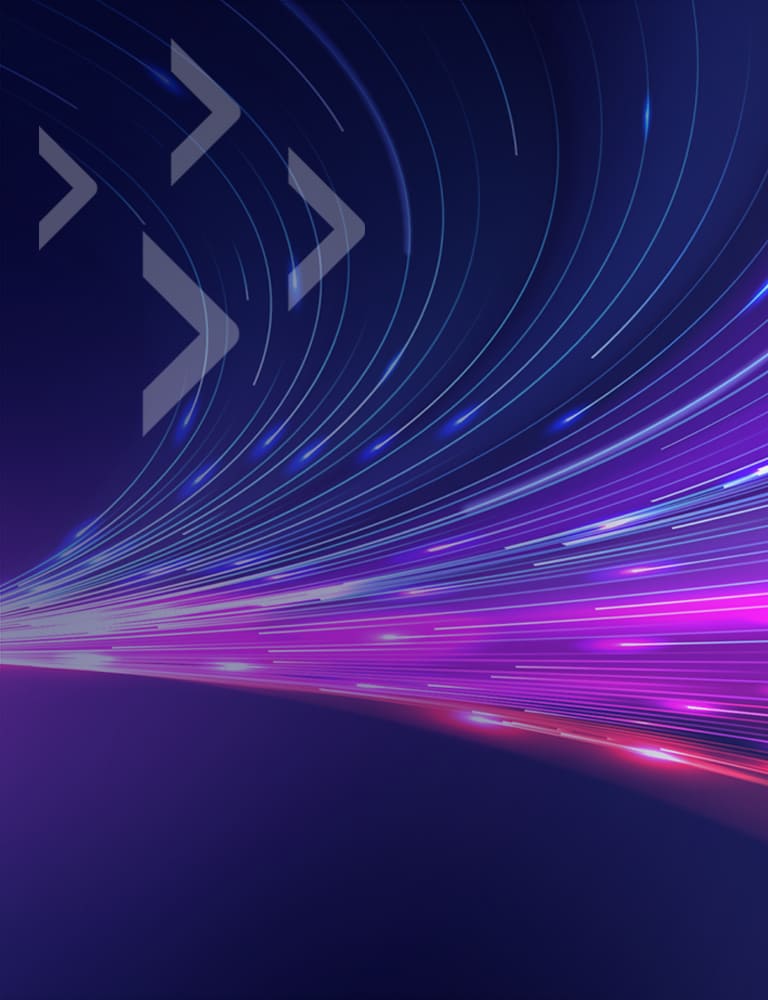The Future of IoT and VR Transforming Industries and Creating Opportunities
- Virtual Reality
The integration of the Internet of Things (IoT) with Virtual Reality (VR) is set to revolutionize various industries, offering new possibilities and enhancing user experiences. As these technologies continue to evolve, they are creating significant demand for professionals with expertise in IoT and VR, driving innovation and growth in the tech sector.
The Role of IoT in Enhancing VR
IoT and VR are two of the most transformative technologies of our time. When combined, they offer powerful solutions that can be applied across multiple sectors. According to Next Industries, IoT enhances VR by collecting large volumes of data from IoT-enabled devices in the physical world, converting it into digital format, and presenting it in real-time using VR. This integration allows for more immersive and interactive experiences, whether in gaming, healthcare, manufacturing, or education.
For instance, in healthcare, IoT-enabled VR can provide detailed simulations for medical training, allowing students to practice procedures in a risk-free environment. In manufacturing, IoT sensors can feed real-time data into VR systems to create accurate simulations of production processes, helping to identify inefficiencies and improve operations.
Market Growth and Demand for Expertise
The global VR market is growing rapidly, with its size projected to increase from less than $12 billion in 2022 to more than $22 billion by 2025. This growth is driven by the increasing adoption of VR technologies across various industries and the continuous advancements in IoT. As these technologies become more prevalent, the demand for professionals with expertise in IoT and VR is also on the rise.
Professionals skilled in IoT and VR are needed to develop, implement, and manage these technologies. This includes roles such as IoT developers, VR content creators, data analysts, and systems engineers. The ability to integrate IoT with VR to create seamless and efficient systems is a highly sought-after skill in today's job market.
The Future of IoT and VR
The future of IoT and VR looks promising, with significant opportunities for growth and innovation. As these technologies continue to advance, they will enable businesses to offer more personalized and efficient services, ultimately transforming the way industries operate. By investing in IoT and VR skills and technologies, companies can ensure a steady supply of skilled professionals to support this burgeoning field.
The integration of IoT and VR is set to revolutionize various industries, creating new job opportunities and enhancing user experiences. As the demand for skilled professionals in IoT and VR continues to rise, platforms like FutureSkills Prime play a crucial role in preparing the workforce for the future. By embracing these advancements and investing in skills development, the tech industry can maintain its position at the forefront of innovation and customer satisfaction.
FutureSkills Prime: Meeting the Demand
To meet the growing demand for IoT and VR expertise, platforms like FutureSkills Prime offer specialized courses in these technologies. These courses are curated by industry experts to equip learners with the knowledge and skills needed to excel in the IoT and VR-driven job market. FutureSkills Prime provides a comprehensive curriculum that covers both fundamental and advanced topics, offering hands-on experience with real-world projects and tools widely used in the industry.
FutureSkills Prime's programs cater to a wide range of learners, from beginners to seasoned professionals, ensuring that everyone can benefit from their offerings. By providing certifications recognized by industry and government bodies, FutureSkills Prime helps learners enhance their employability and stay competitive in the rapidly evolving job market.
References

